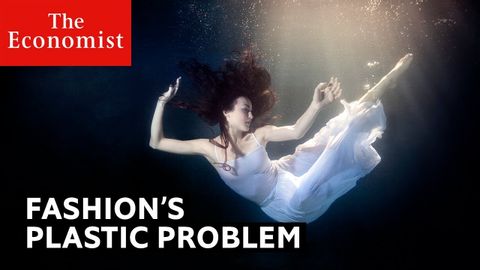Fashion's toxic threads | The Economist
joey joey が 2021 年 04 月 22 日 に投稿  この条件に一致する単語はありません
この条件に一致する単語はありませんUS /kəˈmɪtmənt/
・
UK /kə'mɪtmənt/
- n. (c./u.)条件;期間;学期;用語;関係;項;妊娠期間;任期
- v.t.称する
US /ˈɪmˌpækt/
・
UK /'ɪmpækt/
- n.影響;衝撃
- v.t./i.衝突する;影響を与える;埋伏する
US /kənˈsɪstənt/
・
UK /kənˈsɪstənt/
- adj.矛盾のない;一貫した;首尾一貫した;論理的に一貫性がある
エネルギーを使用
すべての単語を解除
発音・解説・フィルター機能を解除

